telephoto
Latest
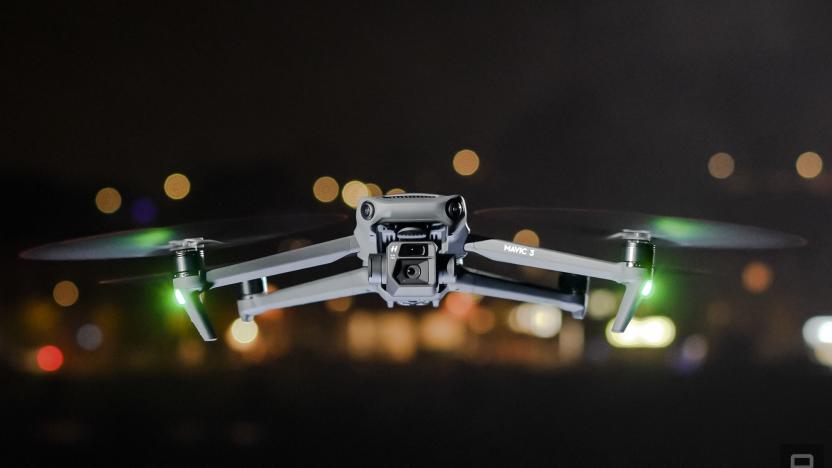
DJI Mavic 3 drone review: Cinematic power at a price
With the Mavic 3, DJI is laser-focused on image quality, introducing a 4/3 sensor as large as those on many mirrorless cameras.
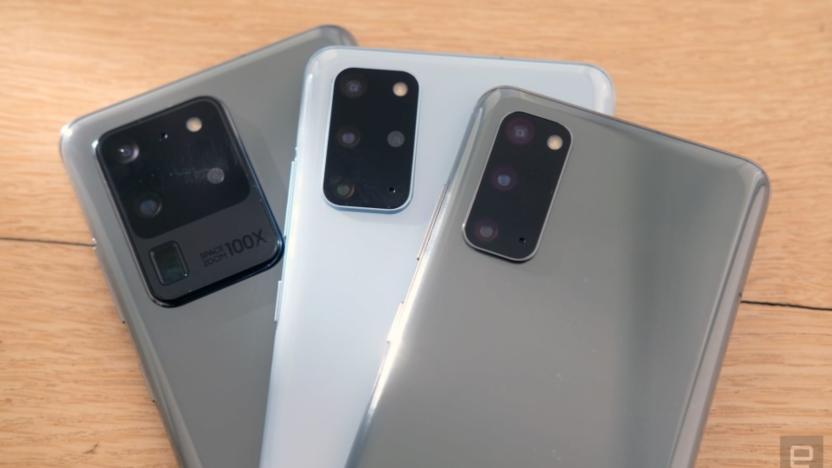
Samsung's Galaxy S20 cameras: AI tools and gimmicky zooms
Samsung just announced its next-generation Galaxy S20 phones, and as you'd expect, the cameras are a highly anticipated part of that. Samsung didn't disappoint, unveiling photo features for its three new devices (the Galaxy S20, S20+ and S20 Ultra) that go far beyond the S10. While there's plenty to talk about, the key phrase today is "Space Zoom" and to a lesser extent, AI.
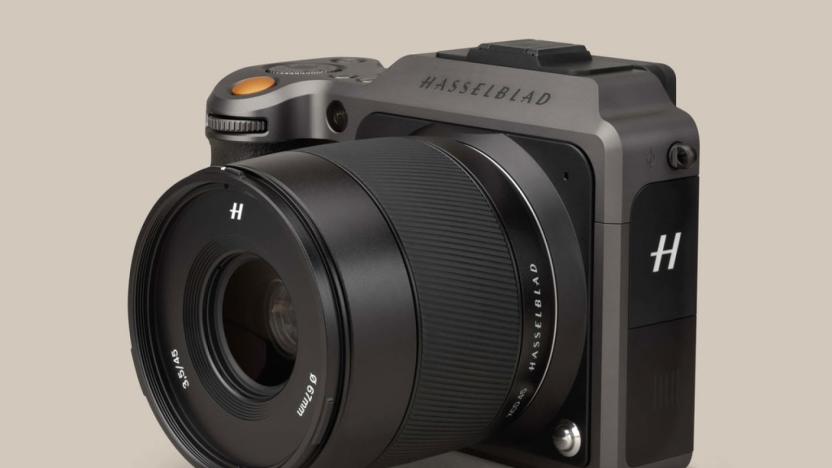
Hasselblad’s X1D II mirrorless camera is faster and more affordable
Most of the recent updates from Hasselblad have had to do with the cameras popping up on drones or costing $48,000. But the company is still working on the mirrorless medium-format cameras and accompanying lenses that built its reputation. Today, it announced a handful of updates, including an evolved X1D II 50C camera, a new XCD 3,5-4,5/35-75 Zoom Lens, the Phocus Mobile 2 and details on more to come.
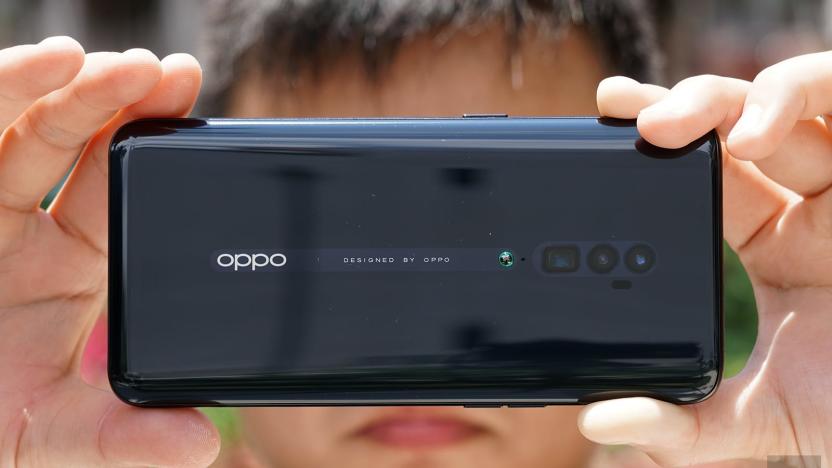
How Oppo fit a 10x zoom camera into its 5G phone
Oppo may have already teased its first 5G smartphone in Zurich earlier this month, but today, the company is bringing its entire Reno family -- including the mid-range Reno and the flagship Reno 10x Zoom -- to Europe. This means the Chinese brand will be going head to head with Huawei using its very own 10x hybrid zoom camera outside of its home territory. With the $1,000 Reno 5G leading the party ahead of its May launch, the Reno 10x Zoom follows with a €799 (about $890) base price due in early June, whereas the Reno lands at a more modest €499 ($560) on May 10th.

Moment's latest telephoto lens is designed for newer phones
Moment released a telephoto lens for phones back in 2014, but it was designed for small phones like the iPhone 5S and quickly developed distortion on phones with larger camera sensors. You had to investigate alternatives like OlloClip's upcoming Pro Telephoto to get a lens designed for newer handsets. No more -- Moment has unveiled a 58mm telephoto lens that's designed for the latest smartphones, including those with dual cameras. Pair it with a device like the iPhone XS or Galaxy Note 9 and you can achieve up to 4X optical zoom. It's also one of the "sharpest" lenses of its kind with a six-element glass design, according to Moment, and promises to spruce up portrait photos on single-lens phones like the iPhone XR and Pixel 3 series.
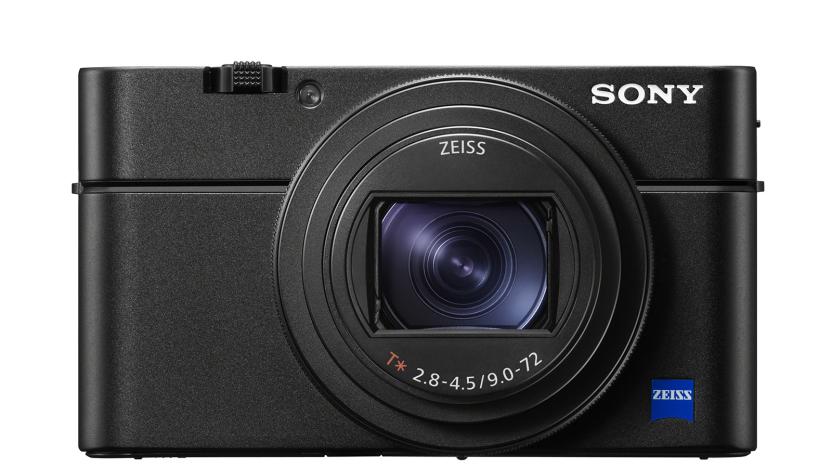
Sony's RX100 VI compact hides a ridiculous zoom lens
Sony has unveiled the RX100 VI 20.1-megapixel premium compact camera with a new telephoto lens that will make it a lot more interesting for travel photography. Rather than the Zeiss Vario-Sonnar 24-70mm equivalent f/1.8-2.8 T lens of the last model, the Mark VI packs a hugely longer, optically stabilized 24-200 f/2.8-4.5 T mm 8.3X zoom lens. That's over a stop slower than previous f/1.8-2.8 T lens, but the extra range will be worth it for many folks, and Sony has boosted other specs to make up for it.

A super-wide angle, telephoto and macro look at Schneider Optics' iLens Pro System
When it comes to accessory lenses for the iPhone, most people think of the wide variety of lenses made by Olloclip. There are a number of other manufacturers who are jumping into the iPhone lens world, making everything from cheap $10 clip-ons to the $229 iLens Pro lens kit from Schneider Optics I'm reviewing today. The iPro Lens System consists of a macro lens, a super wide angle lens, and a 2X telephoto. Keeping the lenses safe during travel is a three-segment case that also serves as a handy grip tripod for taking photos or video. Your iPhone 5/5s slides into a case with a tiny bayonet mount onto which the lenses are placed. As you can see from the photos in the gallery, the super wide angle lens really does give you a lot more coverage. As with most lenses of this type, however, you will see a lot of barrel distortion around the edges of the image. My suggestion for taking wide-angle photos? Just use the built-in pano function of your basic iPhone camera, or even better, use an app like Sphere to capture a 360 degree spherical image of your location. The 2X telephoto lens is really quite good. I was really happy with the close-in photography I was able to accomplish, and the lens seems fairly fast as the images are beautifully bright. As for the macro lens, I was pretty impressed. Although the image the lens didn't produce the extreme magnification possible with the Olloclip 3-in-1 Macro Lens Kit, it was quite accurate and distortion-free across the frame of the picture with just a small amount of pincushioning. In other words, it's perfect for those closeups that don't need a huge amount of magnification. I like the grip/case, as it provides a sturdy, comfortable knurled grip to hold onto. There are two non-standard tripod screw mounts on the case, each of which connect to a screw on the top end of the case. Now the big question -- is this lens kit really worth $229? To be honest with you, I'm not sure I see that much of an advantage of this kit over the $170 combination of the Olloclip 3-in-1 ($70) and Telephoto with circular polarizing lens ($100). Both offer a similar range of lenses, however the Olloclip simply slides onto a "naked" iPhone, and doesn't require a special case. On the other hand, the iPro Lens Kit offers a much more convenient case for the lenses that doubles as a hand grip, the lenses seem to be a bit faster than those provided by Olloclip, and the distortion levels are a bit lower. Whatever lens kit you end up with, realize that all things considered, you're still shooting photographs with a mobile phone. A set of lenses attached to an iPhone is no match for a DSLR; realize that, and you'll probably be quite happy with whatever you select for your photographic endeavors.

Olloclip adds a telephoto lens to the family
Olloclip has been a favorite solution for many iPhone owners when it comes to enhancing digital photography with the Apple device. The company's clip-on lens solution features a macro lens, a fisheye lens and a wide-angle lens. While those lenses are fine for landscapes and detail photography, one piece of glass has been missing from the Olloclip line -- a telephoto lens. Today Olloclip announced a pair of 2x telephoto lenses (both US$99.99), one model that works with the iPhone 5 and the other with the iPhone 4/4S and the last two generations of iPod touch. Also included with the telephoto lens is a circular polarization lens (CPL) that, when rotated, blocks unwanted light reflections and makes colors appear closer to what the eye actually sees. The CPL can also be used without a lens or with the fisheye and wide-angle lenses. The telephoto is made with a high-quality aluminum body and precision ground glass optics. You can expect to see the Olloclip telephoto lens in Apple Stores later this month, and in Best Buy stores in August.

Nikon unveils 1 Nikkor 32mm lens with extra-fast f/1.2 aperture, manual focus
Mirrorless camera fans who've gone the Nikon 1 route have had a fair selection of official lenses to choose from, but not the Holy Grail of a truly fast telephoto lens. Nikon may have just produced that ideal glass today in its new 1 Nikkor 32mm lens. It shoots at a reasonable 86mm equivalent distance, but with an extremely bright and quick f/1.2 aperture -- theoretically, making it one of the better 1 Nikkor lenses for low-light shooting, action and portraits with soft backgrounds. The 32mm could also be the perfect fit for control junkies, as it's the first Nikon-made mirrorless lens with a manual focus ring. While this premium photography will carry a suitably elevated $900 price when the 32mm lens ships in June, the cost might be worthwhile for those who want speedy optics in a very small size.

Voice signals sent to Mars and back, while telephoto images tease rich geology
The Martian hills are alive with the sound of music. Well, NASA Administrator Charles Bolden's voice at least, as the agency reveals that the first recorded human voice has traveled from Earth, to another planet, and back. The words might not have literally echoed in the surrounding hills, but by having been beamed to Curiosity and back again, have made a small step towards interplanetary communication. Along with the motivational words of Bolden, the rover returned some telephoto images from the onboard 100mm and 34mm lenses. The pictures show the hills toward which Curiosity is bound, and tease the scientists with their rich-looking -- and hopefully revealing -- layers of geology. Want to know what interplanetary voicemail sounds like? No need to go to Mars and back, just click on the more coverage link below.

Fujifilm outlines X-Pro1 lens roadmap, brings zoom at last this fall
If there's been one outstanding gripe with Fujifilm's X-Pro1 camera, it's been the absence of zoom lenses; short of French kissing the subject, you might not get the photos you want. While there isn't much of a solution right this second outside of buying the fixed-lens X10, the Japanese camera designer can say when we'll see an interchangeable XF-mount zoom lens: fall 2012. That's when a bright 18-55mm, f/2.8-4.0 optically stabilized lens will make its appearance, along with a 14mm f/2.8 prime. Fujifilm will revert to unveiling nothing but pancakes and primes during early 2013, but the middle of that year will finish covering the zoomable basics through a wide-angle 10-24mm f/4.0 OIS lens and a 55-200mm, f/3.5-4.8 OIS telephoto. We wouldn't expect pricing with the new glass still months away -- but at least you can start planning that Sumatra vacation knowing you won't have to chase down the wildlife to get a good keepsake shot.

Nikon debuts new 18-300mm VR lens, brings highest zoom range yet to its DSLRs
The latest telephoto zoom lens from Nikon packs in the highest zoom ratio we've seen on an APS-C or DX lens. The Nikkor 18-300mm f/3.5-5/6 G ED VR cranks up the zoom to 16.7X, but pairs this with the aperture range of its existing telephoto lenses, ready for some bokeh-heavy close-ups. You'll be paying for that superzoom privilege, however, as the lens is set to arrive later this month, commanding a $1,000 premium. It's joined by a new standard-zoom lens, the FX-compatible Nikkor 24-85mm f/3.5-4.5 ED VR, which also arrives later this month, priced at $600.

Photojojo phone lenses give your iPhone a new set of eyes
I've been a fan of Photojojo for a while. The site sells all sorts of fun and useful camera gear and gifts, things like an SLR Bokeh kit or a inexpensive point-and-shoot tilt-shift digital camera. When they offered to let TUAW try out a set of three phone lenses that give iPhone shooters a choice of different widths of field, I jumped on the chance. Here's how Photojojo's little lenses work on your iPhone for fun photography. There are three lenses available -- one is a 2X telephoto, one is a 180° field-of-view fisheye lens, and the last is a wide angle/macro lens that helps to take those group photos and close-ups of bugs. The fisheye sells for US$25, the two other lenses for $20 each, or you can get the entire set for just $49. Now we all know that our iPhones don't have a little bayonet mount for lenses, so how do these lenses actually mount on your iPhone? Easy -- there's a minuscule metal ring with sticky backing that you put around the rear camera lens on the iPhone (or iPad). Here's where a problem arises. If you have an iPhone 4, the ring gets glued right over the flash! That's not an issue for me since I rarely take flash photos, but for many people that could be a deal killer. On the plus side, the ring is thin enough that I was able to continue using my Mophie Juice Pack Air case, although I have to remove the top of the case to take photos. There are two of those magnetic rings included with each lens, as well as a pair of tiny lens caps to keep both ends of the lenses clean when not in use. Now the moment of truth! Braving an oncoming storm, I grabbed the iPhone 4 and lenses for a photo session. These photos aren't great, as the rain started coming down the moment I stepped out the door, but they'll give you an idea of what each of the lenses accomplishes. First, let's look at a picture of my boring back yard with the standard iPhone 4 camera: Next, I grabbed the fisheye lens. As you can see, there's a very wide field of view (180°) but a lot of distortion. I think this would be incredibly fun when shooting video with the iPhone 4: Stepping back a bit from the distortion of the fisheye lens, I put the wide angle lens onto the iPhone 4 mount: You can see that the wooden post on the left side of the photo above is distorted a bit, but that you can see a lot more of the back yard than is visible in the "normal" photo. There's also a small amount of vignetting visible in the corners of the image, which of course could be cropped out using one of the many photo editing apps for iOS. Finally, I put the 2X telephoto lens onto the iPhone 4: Notice that the field of view is smaller, and that the cottonwood tree at the left appears to be much larger than it is in the other images. If you screw off the top of the wide angle lens, it becomes a macro lens that lets you focus quite closely: When viewed at the full resolution of the iPhone 4 image, this picture was incredible, with every tiny scratch on Jefferson's face clearly visible. As you can see, these inexpensive lenses don't rival the picture clarity that you'd get with a true DSLR lens, but you're paying less for all of them than a DSLR lens cap would probably cost you. And your iPhone 4 is not a single-lens reflex camera; it's a point and shoot with a fixed focus and rolling shutter. A $49 set of lenses is not going to turn your iPhone into a Canon EOS-1Ds Mark III DSLR. But if you want to do more than take snaps with your iPhone 4, the Photojojo lenses are a fun way to experiment without spending too much money.

Give your iPhone 3G a telephoto lens
From the "really strange looking iPhone accessories" department, we present for your inspection the mobile.brando.com.hk Apple iPhone 3G Mobile Phone Telescope. Dave mentioned this in passing a few days ago, but since Engadget noted it today we went back and took a closer look. This product definitely wins the TUAW award for the longest name for an iPhone add-on. In case you're wondering what the function of this device is, the website says it all -- "Overcome the short coming of camera cellphone that can only near-sighted, it also makes distant view for you at the moment."The idea is to take this plastic "crystal" case, put it on your iPhone 3G, and then put the telescope onto the case. This gives your iPhone a 6X telephoto lens. But it does more! Once again, from the website -- "The new design to run of rays can effectively avoid the contortion of image, and makes the super wide angle, the larger luminous flux, the higher visual acuteness, good for color reduction, which makes the high quality of photography."Huh? If you really need a telephoto lens for your iPhone 3G and don't mind the abuse from friends, you can order one for the bargain price of US$19 plus shipping. For more mind-boggling details or to order the telescope, click the Read link below.

Brando Telescope makes iPhone 3G photos 6x worse
We've seen these zoom lens add-ons before. Now Brando's slapped together this 6x "Telescope" for the iPhone 3G -- a phone not exactly revered for its image quality. Just snap the unit to the back of the iPhone 3G and get to work. How good is it? About as bad as the $19 worth of optics within. Seriously, 19 bucks and available now.






